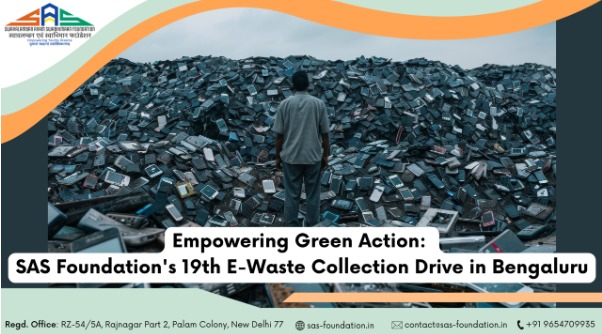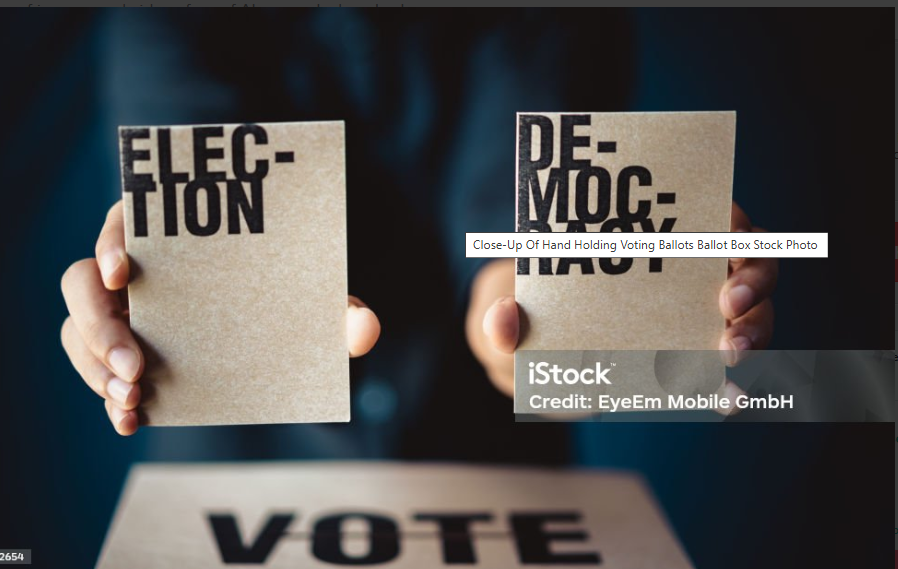How to Dispose of E-Waste Responsibly: A Simple Guide for Sustainable Living
Are you surrounded by old phones, unused laptops, broken chargers, or discarded headphones that you’ve shoved into drawers or boxes over the years? You’re not alone. In today’s digital world, the average person generates more electronic waste—e-waste—than ever before. But what most people don’t realize is that improper e-waste disposal is one of the fastest-growing environmental threats of our time.
Every year, the world produces over 53.6 million metric tonnes of e-waste—a staggering figure expected to rise to 74 million tonnes by 2030. Yet, only about 17% is formally collected and recycled, leaving the rest to contaminate landfills, oceans, and communities.
But here’s the good news: you can make a real difference. This guide will walk you through how to responsibly dispose of e-waste while ensuring both personal security and environmental safety. Let’s turn your unused gadgets into tools for change!
🧨 The Hidden Danger in Your Old Devices
Electronic devices contain valuable materials like gold, silver, copper, and aluminum, but they also include toxic substances like lead, mercury, and cadmium. When e-waste is improperly discarded—such as thrown into trash bins or landfills—these hazardous elements leach into the soil and groundwater, causing long-term environmental and health problems.
For instance:
- Lead damages the brain and kidneys.
- Mercury affects the central nervous system.
- Cadmium causes lung and bone damage.
What’s worse is that much of this waste is often handled by informal recyclers without protective gear, exposing them to life-threatening conditions.
🔐 Step 1: Back Up and Securely Wipe Your Data
Before recycling or donating any device, the first and most crucial step is to safeguard your personal data.
Here’s how:
- Back up important files to an external hard drive or cloud storage.
- Perform a factory reset on your smartphone, tablet, or laptop.
- Use data-wiping software for more secure erasure—tools like DBAN (for PCs) or Blancco can help.
Why this matters: Old devices can still store sensitive personal information—bank details, passwords, photos, or confidential emails—that can be retrieved if not properly deleted.
🗺️ Step 2: Locate a Certified E-Waste Recycling Center
Not all recycling centers are created equal. Some informal operations simply dismantle gadgets to sell the valuable parts, releasing toxic fumes and waste into the environment.
To ensure your e-waste is handled ethically and legally, search for:
- Authorized e-waste recyclers certified by government bodies (like CPCB in India, EPA in the US).
- Collection drives by reputed NGOs, tech brands, or local municipal bodies.
- Drop-off points at electronics retail chains or eco-friendly kiosks in malls or offices.
💡 Pro Tip: Platforms like Attero, Karo Sambhav, Ecoreco (India) or Call2Recycle, Earth911 (US) offer location-based e-waste collection options.
♻️ Step 3: Separate and Categorize Your E-Waste
Organize your electronic waste into these common categories:
- Small electronics: phones, tablets, chargers, earphones, USB drives
- Large appliances: TVs, refrigerators, washing machines
- Computer equipment: laptops, monitors, keyboards, printers
- Batteries and bulbs: button cells, lithium-ion batteries, CFLs
This makes it easier for recyclers to process your items efficiently and improves the recycling rate.
🛍️ Step 4: Reuse, Donate, or Repair (When Possible)
Not all e-waste has to go to the recycling bin. Some devices can still serve a purpose:
- Donate working electronics to schools, NGOs, or rural development projects.
- Sell or trade-in old phones/laptops through manufacturer programs (Apple, Dell, Samsung, HP, etc.).
- Repair and reuse through certified refurbishers. Extending the life of electronics is a core part of the circular economy model.
Remember: The most sustainable device is the one you already own.
🧠 Step 5: Educate and Inspire Others
Be a change-maker by spreading awareness about responsible e-waste disposal in your:
- Housing society or apartment complex
- School, college, or workplace
- Friends and family groups or social media circles
Host an e-waste drive with the help of local NGOs or municipal offices. You’d be surprised how much waste is sitting in people’s homes simply because they don’t know what to do with it!
🌱 The Bigger Picture: Why It’s Worth It
Disposing of e-waste responsibly isn’t just an individual act—it’s a commitment to a cleaner, greener, and safer planet. Here’s what your contribution supports:
- Prevents toxic contamination of air, water, and soil
- Reduces carbon emissions from raw material extraction
- Creates jobs in the formal recycling and green tech sectors
- Protects public health, especially in vulnerable communities
- Encourages sustainable innovation and corporate responsibility
When electronics are recycled properly, over 95% of components can be recovered and reused, helping build a stronger circular economy.
🌍 Real-World Examples: NGOs Leading the Way
Organizations like the Swavalamban Avam Swabhimaan Foundation (SAS Foundation) are conducting e-waste awareness programs and collection drives in cities like Delhi, Bengaluru, Faridabad, and Mumbai. Through partnerships with certified recyclers, they’re collecting tonnes of e-waste annually and educating citizens on responsible practices.
Their model includes:
- Door-to-door e-waste collection
- Youth and school workshops
- Partnerships with Attero and Karo Sambhav
- Volunteer mobilization and community clean-up drives
You too can collaborate with such organizations to host a drive in your community!
🔚 Final Thoughts: One Device at a Time
Our homes are filled with electronics we once loved but now ignore. These devices deserve more than a slow decay in landfills—they deserve a second life through recycling or reuse.
Let’s commit to smart consumption, responsible disposal, and collective climate action. By making small changes today, we pave the way for a healthier tomorrow—for our planet, our families, and future generations.
📬 Ready to Take Action?
📖 Read our full article and check out more resources on e-waste management
🔗 Subscribe to our newsletter on LinkedIn for sustainability insights and updates
👉 https://lnkd.in/gfeaFC2v
Let’s make a positive impact—one device at a time. 🌍♻️
Would you like this article converted into a visual infographic, social media post series, or printable handout for events or workshops? I’d be happy to help!










